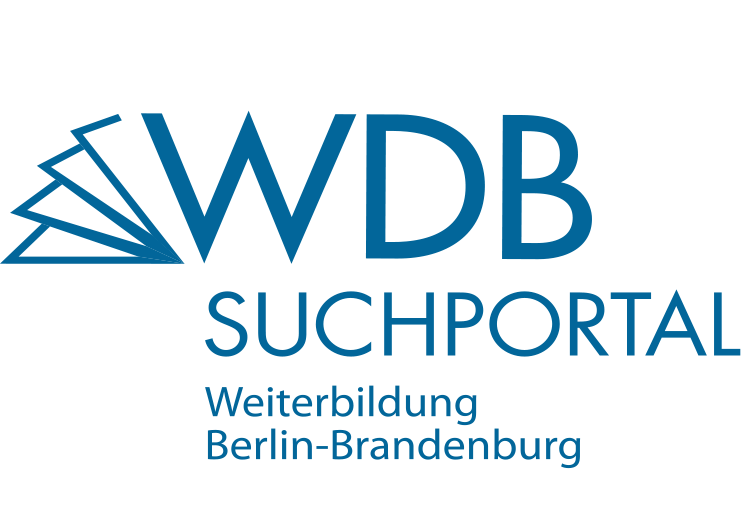- Next Date:
- Termin auf Anfrage
- Total Duration:
- 12 Stunden in 2 Wochen
- Internship:
- Nein
- Teaching Languages:
- Englisch
- Type of Course:
- Weiterbildung
- Type of Provision:
- E-Learning
- Execution Time:
- Abendveranstaltung
- Tagesveranstaltung
- Teilzeitveranstaltung
- Wochenendveranstaltung
- min. Participants:
- 1
- max. Participants:
- 10000
- Price:
- keine Angaben
- Type of Qualification:
- Zertifikat/Teilnahmebestätigung
- Final Examination:
- Nein
- Qualification Title:
- keine Angaben
- Certifications of the Course:
- Nicht zertifiziert
- Courses for Women only:
- Nein
- Childcare:
- Nein
- Link to Course:
- Zum Angebot auf der Anbieter-Website
- Quantity of Details:
- Suchportal Standard Plus
- Target Groups:
- - Software Developers - Software Architects - Product Owner - Everyone interested in sustainable software engineering
- Professional Requirements:
- general IT knowledge, solid mathematical knowledge, basic knowledge of programming in Python. By the way, we use Python in the course not because it's particularly efficient, but because many people know it.
- Technical Requirements:
- Keine besonderen Anforderungen.
- Classification of the Federal Employment Agency:
- C 1435-10-40-10 Softwareprodukte
Contents
This two-week free course is about resource-efficient software engineering. We'll discuss how to apply climate-friendly decisions and actions along the life cycle of software development and their context. In the first part of the course, we will address the area of tension between climate and digitization. We will look at how IT causes CO2 emissions and how IT technologies can save CO2 emissions. What are the possibilities in software development to make processes more sustainable? What are the main problems in software development? How can they be solved? While the first part is theory oriented, the second part will be practical and will have specific examples. Therefore, we will give you some detailed insights into programming resource-efficient software.
Week 1: In the first week, we will see what the ecological footprint of digitization is. We'll discuss how digitization helps to save CO2, and also also see where IT causes CO2. Next, we will take a closer look at the roles that commonly exist in the IT industry (e. g. developer, IT architect, leader) to identify which opportunities for resource-efficient actions exist in each role.
Topics:
- CO2 savings with IT, CO2 consumption caused by IT
- Basic concepts
- Perspectives of different roles: users, architects, developers, leaders, regulatory framework
Week 2: Based on the fundamentals learned in week 1, we'll discuss which barriers exist that hinder us from acting more ecologically in the process of software development. Then we'll see how we can overcome these barriers and find solutions. The main part of the second week covers solutions, i. e. examples to show what a developer in particular can do in the development of his software to act in the most climate-friendly way possible.
Topics:
- Barriers and solution strategies for sustainable digitalization
- Choice of technology
- Software & system architecture
- Computational complexity
- Data structures
- Storage and network
- Caching
All statements without guarantee. The providers are solely responsible for the correctness of the given information.
Published on 21.06.2022, last updated on 15.05.2024
